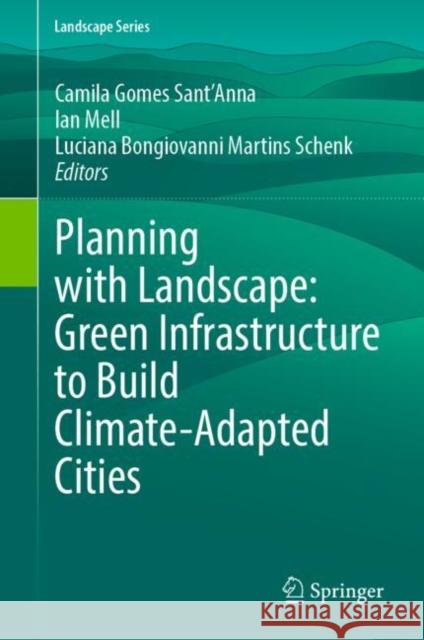Planning with Landscape: Green Infrastructure to Build Climate-Adapted Cities » książka
Planning with Landscape: Green Infrastructure to Build Climate-Adapted Cities
ISBN-13: 9783031183317 / Angielski / Twarda / 2023 / 258 str.
Planning with Landscape: Green Infrastructure to Build Climate-Adapted Cities
ISBN-13: 9783031183317 / Angielski / Twarda / 2023 / 258 str.
(netto: 614,84 VAT: 5%)
Najniższa cena z 30 dni: 616,85
ok. 22 dni roboczych
Bez gwarancji dostawy przed świętami
Darmowa dostawa!
This edited volume examines how to develop a planning and design process with green infrastructure that creates technical answers to the social and ecological function of the city’s climate change adaptations demands. In this context, it proposes a process that engage the values linked to the art and culture of the place, capable of generating adoption by the population and promoting the right to landscape.Since the nineteenth century, many theoretical and practical experiences have integrated urban and environmental issues, revising the understanding of nature as an object and thinking of nature and culture in conjunction. However, consensus of the methodological strategies needed to guide the development of multi-scale landscape planning and design capable of responding to the climate emergency, heritage, water, biodiversity and social inclusion, among other issues has not been achieved. Green infrastructure has emerged as a tool to link considerations of the planning and design process to examine the impact urban nature can have at a global and a local scale.The book gathers together authors from different parts of the world and disciplines to showcase conceptual thinking, best practices and methodological strategies relating to landscape planning and design with green infrastructure adapted to climate change. The topic of this book is particularly relevant to scholars, practitioners and developers around the world who have an interest in planning and environmental management, landscape architecture, and socio-cultural understandings of landscape.











